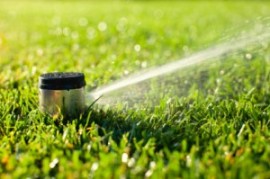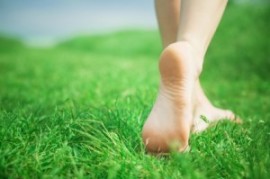When Weeds Attack: How to Handle Perennial Nuisances
Like many noble pursuits, cultivating a great-looking lawn takes hard work and patience. Unfortunately, the variable climate of Central Texas often gets in the way. Try as you might, you probably find it difficult to completely eradicate weeds and invasive plants from the managed areas of your property. It’s especially difficult to get rid of weeds that closely resemble your lawn’s planted grasses.
We’ve compiled a list of some of the toughest weeds in the Bryan-College Station area and offer some tips about dealing with them.
Annual Bluegrass
Annual bluegrass is a truly pernicious weed. Since it’s related to Kentucky bluegrass, a popular covering for golf courses and other high-traffic areas, it’s a rugged, hearty breed that closely resembles common lawn grasses. You can tell annual bluegrass from its “good” perennial cousin by its tendency to form thick, unruly clumps and the slight curvature of its blades. Annual bluegrass is also a bit … Read Full Post »

